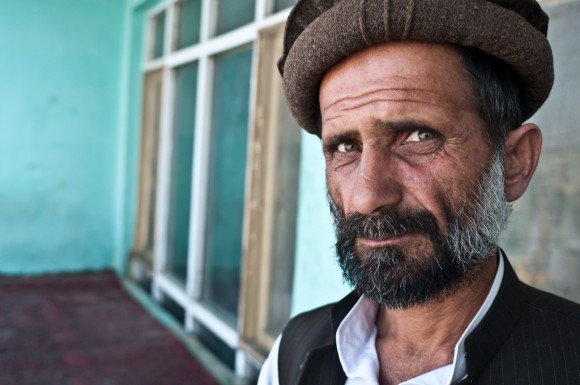Planing a research trip to Afghanistan later this year – a good time to re-assess participant privacy protocols.
The extent to which you have the moral and legal obligation to protect your study participant’s privacy? The ways in which this conflicts with the organisational pressures of how the data will be used within your organisation and if the subject matter allows, how it might be used in the public domain?
If the research team uses services like Dopplr, Facebook or Twitter then it’s relatively easy for a 3rd party to narrow down the focus of where a photo has been taken.
And even if you do everything ‘right’, you’re still not out of the woods – the subject, their peer group or other members of the community may end up documenting and publishing the scene – putting a participant in a particular time and place.
Six rules of thumb:
And the gent in the photo? Willing ad-hoc participant in Kabul.
What are your own rules?

